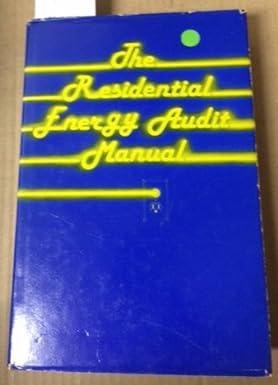Question
Excerpt about revenue recognition taken from Best Buys 10-K for the fiscal year that ended on January 28, 2023. Revenue Recognition We generate revenue from
Excerpt about revenue recognition taken from Best Buys 10-K for the fiscal year that ended on January 28, 2023.
Revenue Recognition
We generate revenue from the sale of products and services. Revenue is recognized when control of the promised goods or services is transferred to our customers, in an amount that reflects the transaction price consideration that we expect to receive in exchange for those goods or services. Our revenue excludes sales and usage-based taxes collected and is reported net of sales refunds, which includes an estimate of future returns and contract cancellations based on historical refund rates, with a corresponding reduction to cost of sales. We defer the revenue associated with any unsatisfied performance obligation until the obligation is satisfied, i.e., when control of a product is transferred to the customer or a service is completed.
Best Buy Gift Cards
We sell Best Buy gift cards to our customers in our retail stores, online and through select third parties. Our gift cards do not expire. We recognize revenue from gift cards when the card is redeemed by the customer. We also recognize revenue for the portion of gift card values that is not expected to be redeemed (breakage). We estimate breakage based on historical patterns and other factors, such as laws and regulations applicable to each jurisdiction. Gift card breakage income was $59 million, $49 million and $33 million in fiscal 2023, fiscal 2022, and fiscal 2021, respectively.
When answering questions 16 through 23, assume that on August 1, 2022 a customer purchased a gift card from Best Buy. The customer paid cash of $50, and then gave the card to a friend. On August 20, 2022, the friend used the card to purchase $50 worth of goods from Best Buy. Assume that: (1) Best Buys estimate of the gift-card redemption rate is 90 percent and (2) the customer does not have the right to return the goods that they purchased with the gift card.
Q16) On the day that Best Buy sold the gift card, what effect did the sale have on Best Buys revenues? Your answer should be in dollars. If the effect is positive (negative) enter the answer as a positive (negative) amount.
Q17) On the day that Best Buy sold the gift card, what effect did the sale have on Best Buys assets? Ignore the effect, if any, on cost of sales and inventory. Your answer should be in dollars. If the effect is positive (negative) enter the answer as a positive (negative) amount.
Q18) On the day that Best Buy sold the gift card, what effect did the sale have on Best Buys liabilities? Your answer should be in dollars. If the effect is positive (negative) enter the answer as a positive (negative) amount.
Q19) On the day that Best Buy sold the gift card, what effect did the sale have on Best Buys equity? Ignore the effect, if any, on cost of sales and inventory. Your answer should be in dollars. If the effect is positive (negative) enter the answer as a positive (negative) amount.
Q20) On the day the customers friend redeemed the card, what effect did the redemption have on Best Buys revenues? Your answer should be in dollars. If the effect is positive (negative) enter the answer as a positive (negative) amount.
Q21) On the day the customers friend redeemed the card, what effect did the redemption have on Best Buys assets? Ignore the effect, if any, on cost of sales and inventory. Your answer should be in dollars. If the effect is positive (negative) enter the answer as a positive (negative) amount.
Q22) On the day the customers friend redeemed the card, what effect did the redemption have on Best Buys liabilities? Your answer should be in dollars. If the effect is positive (negative) enter the answer as a positive (negative) amount.
Q23) On the day the customers friend redeemed the card, what effect did the redemption have on Best Buys equity? Ignore the effect, if any, on cost of sales and inventory. Your answer should be in dollars. If the effect is positive (negative) enter the answer as a positive (negative) amount.
Step by Step Solution
There are 3 Steps involved in it
Step: 1

Get Instant Access to Expert-Tailored Solutions
See step-by-step solutions with expert insights and AI powered tools for academic success
Step: 2

Step: 3

Ace Your Homework with AI
Get the answers you need in no time with our AI-driven, step-by-step assistance
Get Started


